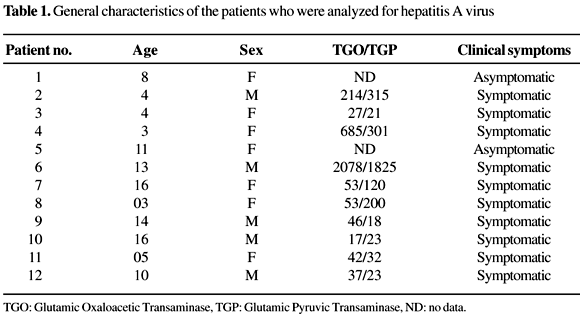The efficiency of extraction methods for hepatitis A virus (HAV) RNA in clinical samples is of great importance for molecular diagnosis, especially in regions endemic for HAV, such as Brazil. We compared the efficiency of four different extraction techniques in serum and stool samples for the detection of hepatitis A virus by reverse transcription PCR (RT-PCR). We used PCR to analyse serum and stool samples of 12 patients who were referred to the Brazilian Reference Center for Viral Hepatitis (BRCVH) in Rio de Janeiro. The methods tested were Proteinase K, Silica, TRIzol and Guanidine isothiocyanate. Proteinase K extraction was the best method for serum samples; it detected the HAV-RNA in 11 of the 12 samples. The guanidine isothiocyanate method was the most effective for stool samples, detecting HAV-RNAs in 9 of the samples. The TRIzol® method worked best with serum samples, and the silica method was unsatisfactory with both serum and stool samples. The RNA extraction method affected the outcome. The use of appropriate RNA extraction methods is a critical step for successful and valid PCR studies on clinical samples. We recommend that RNA extraction techniques be carefully selected for their efficiency with each type of specimen.
HAV; Extraction methods; serum and stool; RT-PCR



